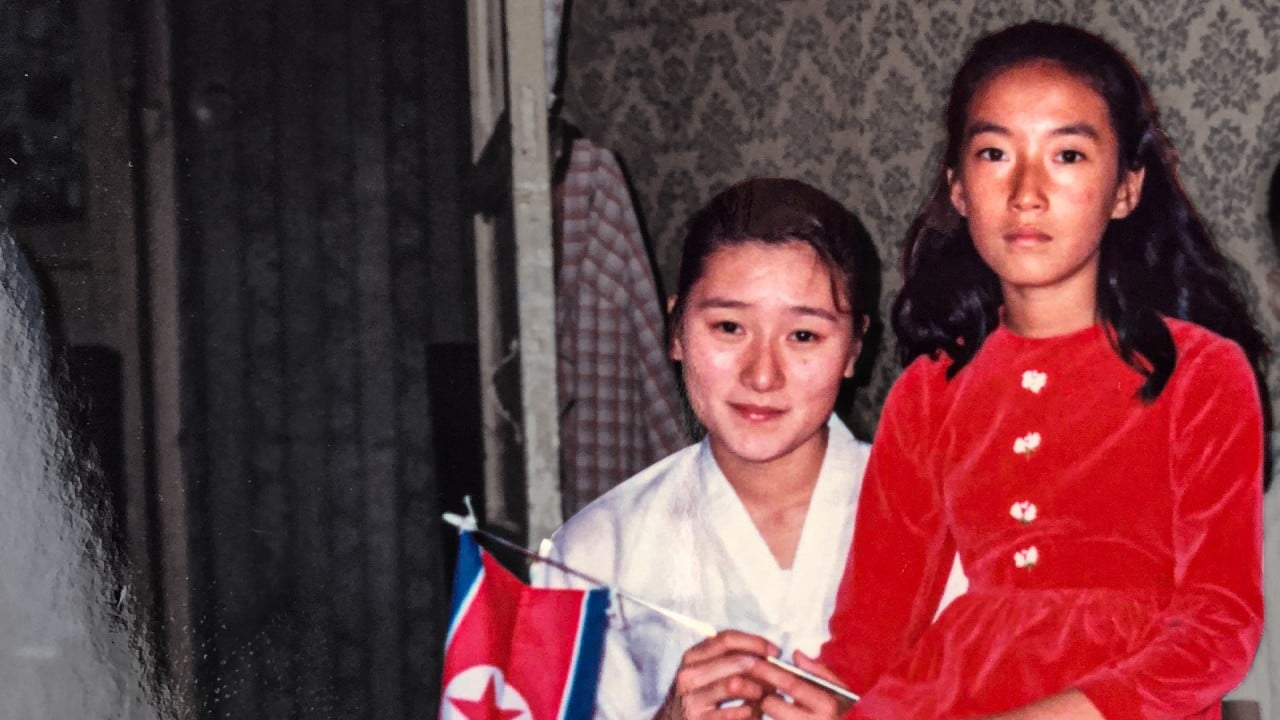
19:39
North Korea’s ‘Return to Paradise’ nightmare
‘Return to paradise’, North Korea urged Japan’s Zainichi. Their reward? ‘So much pain and regret’
- Lured by Pyongyang’s propaganda, nearly 100,000 mostly ethnic Koreans left Japan for North Korea in the mid-twentieth century to seek a better life
- Poverty and famine awaited them. As did the threat of torture, death or being sent to a concentration camp for questioning the Kim dynasty’s rule
Almost as soon as Hyangsu Park had arrived in the North Korean city of Wonsan, she could tell something was very wrong. It was supposed to be a routine visit with her mother to see her uncle’s family – but her uncle was nowhere to be seen.
Instead, there were only the distraught faces of her three cousins and their mother, Park’s aunt, all sat in stunned silence.
“My mum asked, ‘Where’s your daddy? Where’s my brother?’, but they said nothing,” Park recalls.
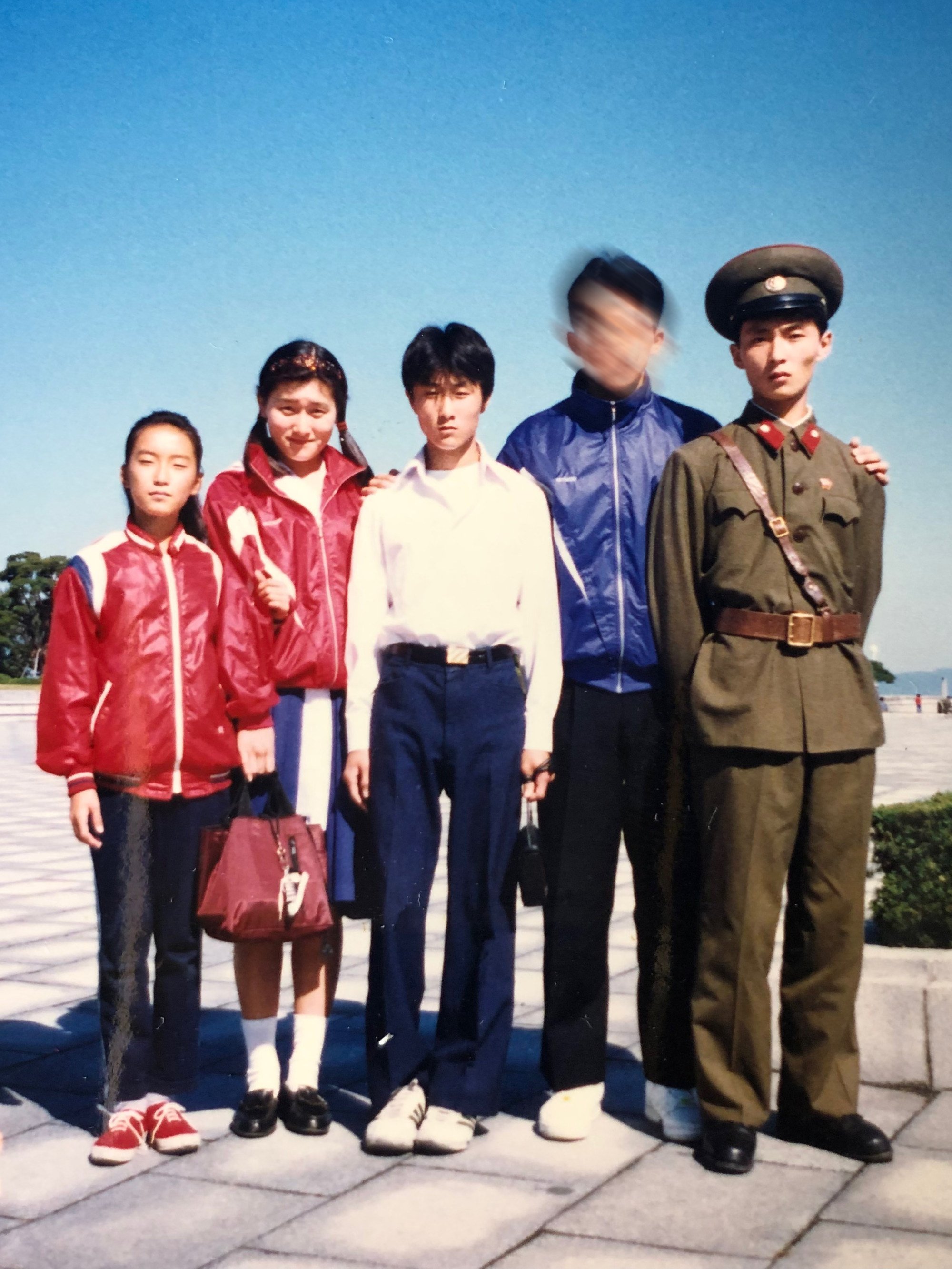
“They were very scared,” Park said. “I promised them I’ll be back. ‘Don’t worry, just stay alive, just survive, we’ll be back soon’, I said.” But fate, and the North Korean state, had other plans.
Japanese mum, 86, loses hope of seeing daughter Pyongyang abducted in 1977
And though the visits were rare, she had enjoyed seeing her cousins, aunt and uncle in that reclusive nation she’d been taught was a paradise on Earth, to play and share secrets about life in Japan.
The mystery of what happened to them haunts Park to this day. Sadly, her story is far from unusual among ethnic North Koreans living in Japan: a community whose personal stories have been shaped by a dark history of colonialism, migration, war and discrimination.
Life in little North Korea
For decades now, Japan’s North Korean community has been bound together by the Pyongyang-funded General Association of Korean Residents in Japan, or Chongryon.
Over the years since its establishment in the 1950s, it has run everything from banks and restaurants to media companies and schools offering a Korean-language curriculum to appeal to Zainichi Koreans – the Japanese term for ethnic Koreans permanently living in the country who can trace their roots back to Japan’s colonial rule over the Korean peninsula or earlier.
“Suddenly there was this network of schools that attracted a lot of students,” said Tessa Morris-Suzuki, who studies Chongryon’s role in the lives of the Zainichi community as an emeritus professor at the Australian National University.
Why is anti-Korean racism in Japan on the rise again?
“Many of them with parents who were pro-North Korean, but some who simply wanted to find a good Korean-language education for their children.”
The schools offered more than just Korean language curriculums; they incorporated North Korean ideology into the lessons as well.
“I went to a Korean school from kindergarten to high school,” Park said. “They said our fatherland is North Korea. I learned maybe this is the place I belong.”
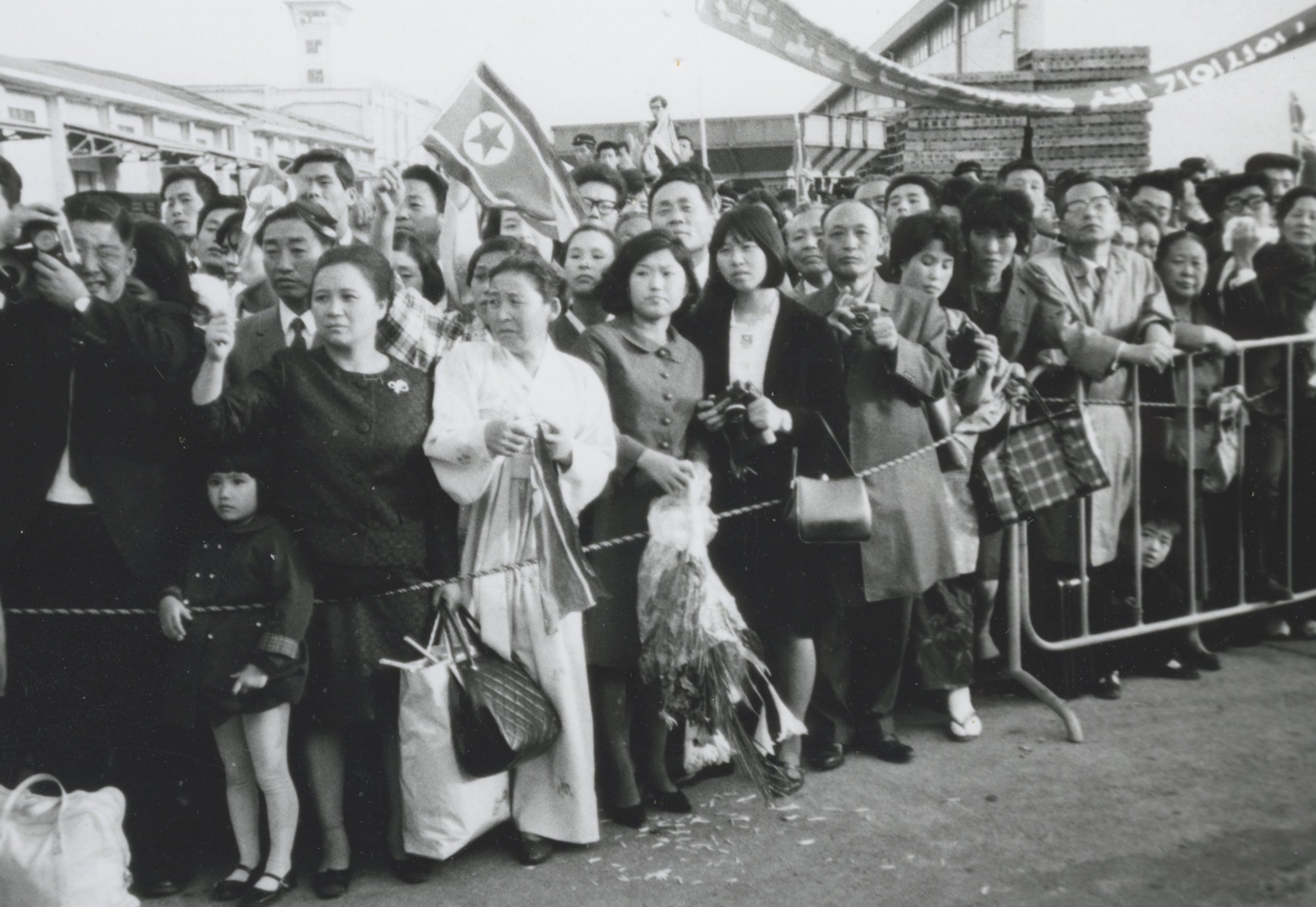
A promised paradise
Between 1959 and 1984, 94,000 people – most of them ethnic Koreans – moved to North Korea from Japan.
The exodus began with Chongryon heavily advertising what’s been called the “return to paradise” programme, aimed at convincing Zainichi to abandon their lives in Japan for a fresh start in the so-called socialist workers’ paradise of North Korea.
Though it may seem absurd today, in the immediate aftermath of the Korean war, the North was seen for decades as the more prosperous and stable of the two Koreas – harnessing its rich natural resources to compete with and even outperform the South economically.
We had to be loyal to the North Korean government so we could protect our families. We had to be obedient to Chongryon
“South Korea was a dictatorship for much of that period, too,” Morris-Suzuki said. “There was a sense that North Korea was developing its industry more rapidly, and had a more equitable social system.”
In post-WWII Japan, meanwhile, the Zainichi were classified as foreigners and lived under a system that routinely barred them from the most stable careers.
Japan colonised the Korean peninsula in 1910 and ruled it until its surrender at the end of World War II in 1945. By then, some 2 million ethnic Koreans were living in Japan. Most would later return to their now-independent homeland – but around 600,000 remained.
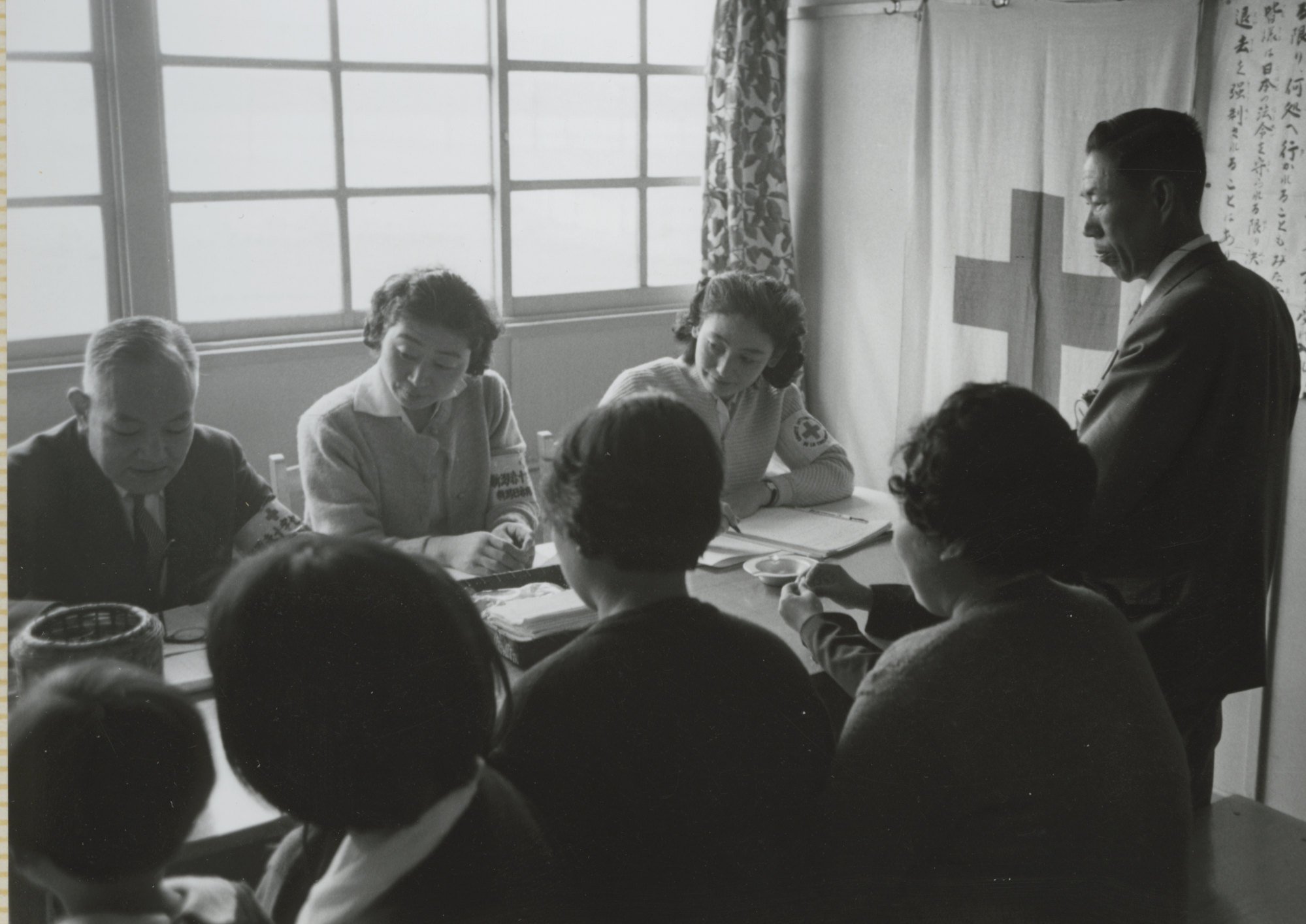
Those who did, regardless of where they were born, were classified by the Japanese government as foreigners “residing in Japan” – the literal translation of Zainichi – as opposed to citizens.
A “legal limbo” was the result, Morris-Suzuki said. “This meant that they were not eligible for a lot of areas of employment that require Japanese nationality.”
Which made chasing the dream of a new life in North Korea all the more appealing for those, like Park’s uncle Do, who decided to leave for “paradise”.
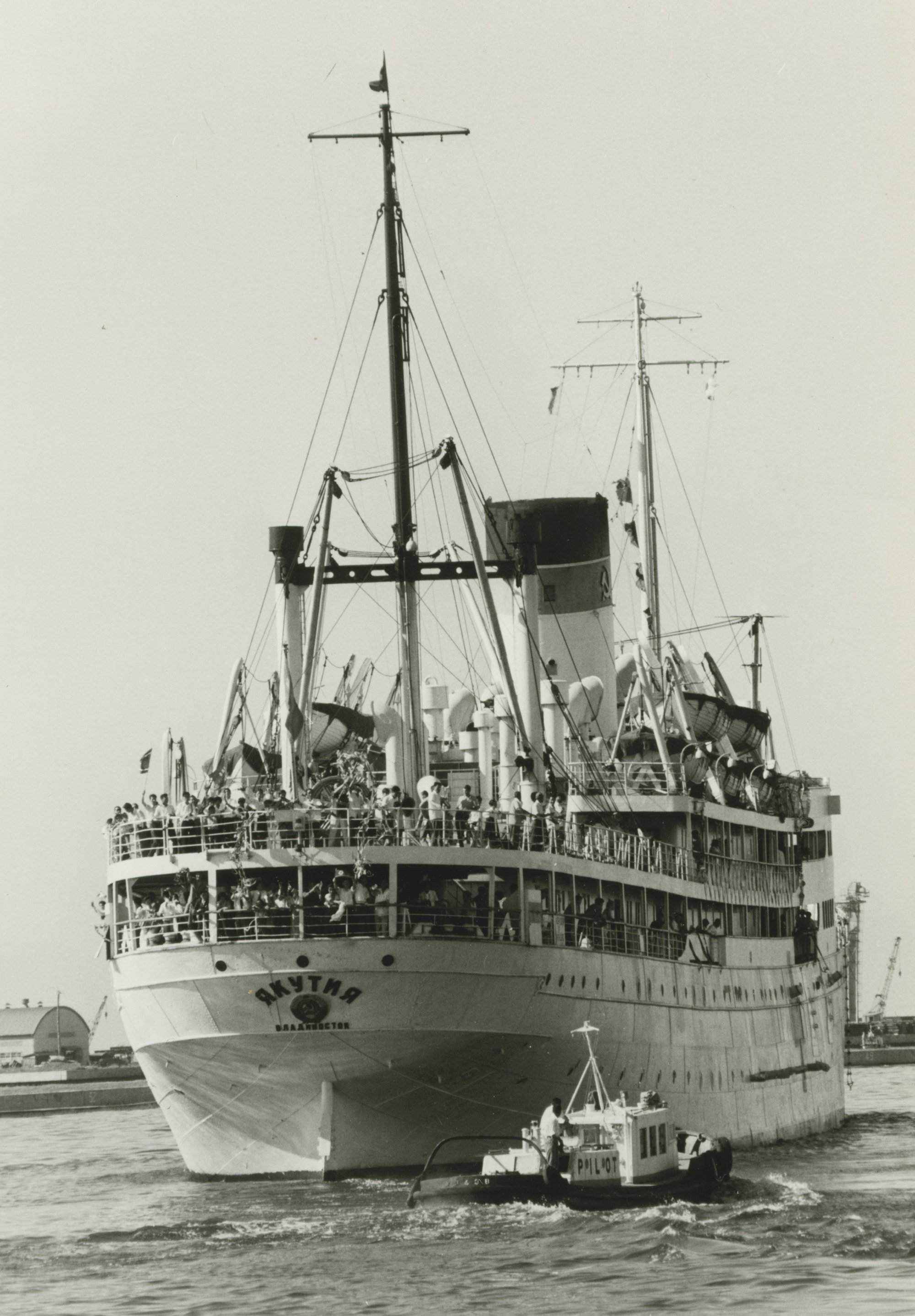
‘So much pain and regret’
The illusion soon began to crumble over the next 17 years, as Park’s uncle – who she only knew from old photographs and her mother’s stories – sent letters to Kobe pleading for financial help, giving the lie to the North’s supposed prosperity she had been taught about in school.
“My mum had so much pain and regret,” Park said. “I saw her crying so much. One out of every six Zainichi Koreans sent their family members to North Korea. It’s like being held hostage. We had to be loyal to the North Korean government so we could protect [our families]. We had to be obedient to Chongryon.”
Then, on September 27, 1990, Park boarded a ship bound for North Korea. At age 17, she was about to get her first glimpse of a land she had heard so much about, but never seen. Accompanying her on the two-week trip was her mother, eager to spend some time with a man she hadn’t seen since he was a teenager: Park’s uncle Do.
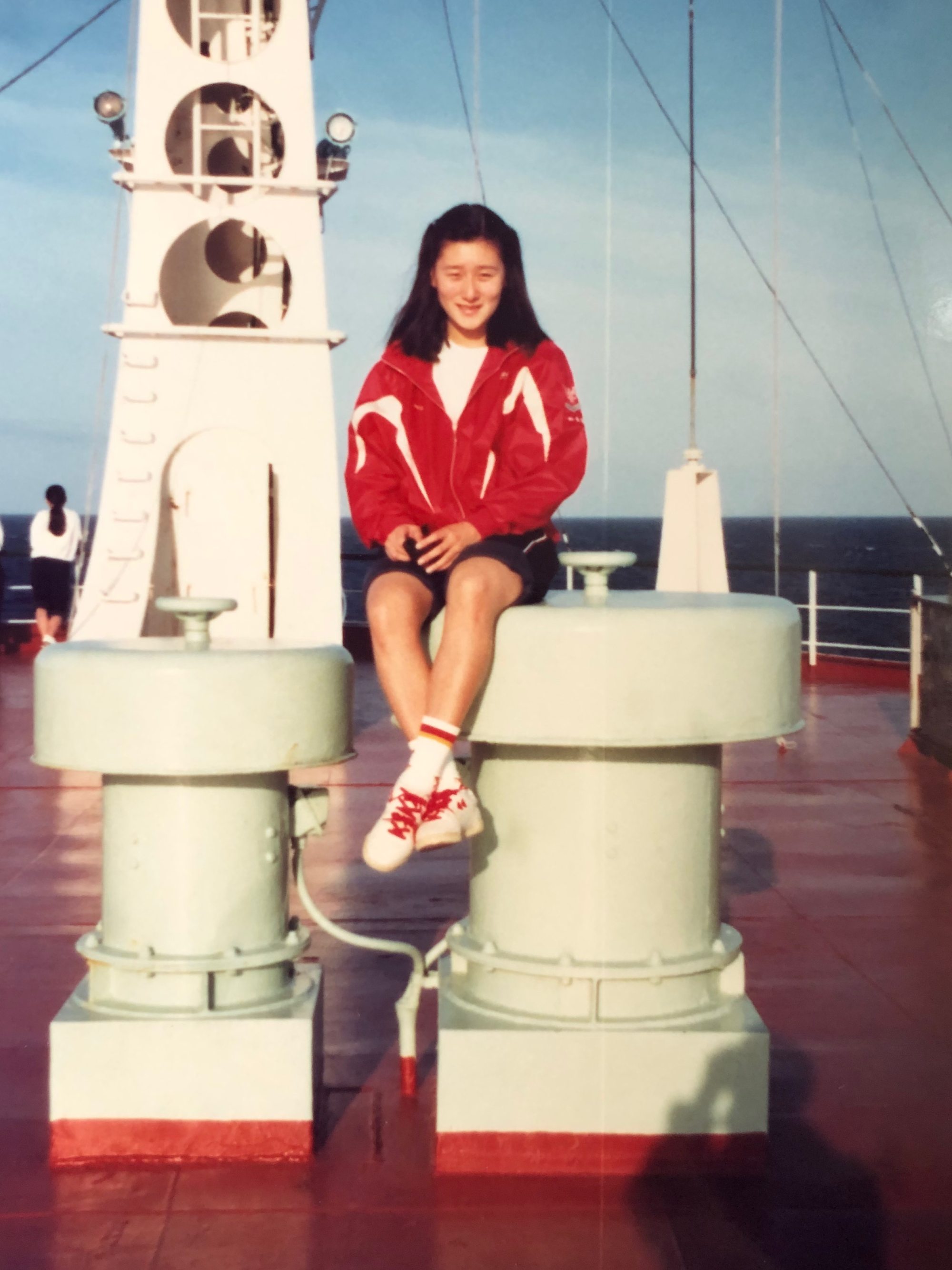
Photos of her taken at the time in a traditional blue-and-white hanbok adorned with a small pin of a beaming Kim Il-sung still bring a smile to Park’s face. She recalls scanning the crowd gathered at the port of Wonsan to welcome the ship as it arrived and instantly spotting her cousins thanks to the clothes that they wore, sent from Japan.
“It was so strange, it was the first time in my life I saw my cousins, but they looked very similar to me,” she said. “I can’t forget that.”
Park’s memories of her second visit, six years later, are far less pleasurable.
It was 1996 or early 1997 and the Soviet Union, one of Pyongyang’s most important benefactors, had collapsed leaving the North Korean economy in tatters. During the “Arduous March”, as state propaganda labels the 1994-98 period, famine swept North Korea – a result of floods, drought and economic mismanagement. Some half a million people starved to death, according to US estimates, though the true total may never be known.
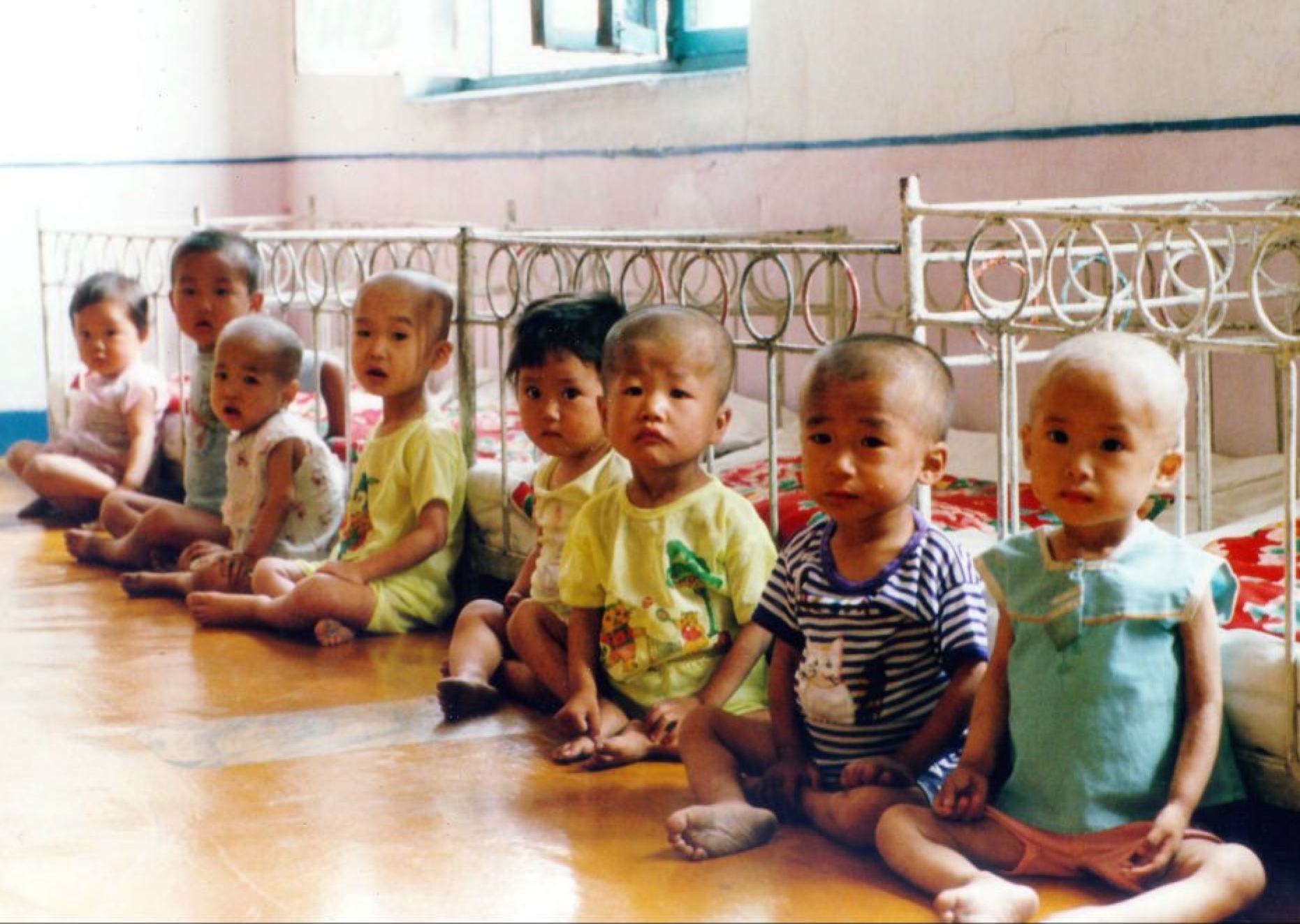
Against this backdrop, Park again arrived in Wonsan – only to find the side of her family who were living in North Korea missing her uncle Do.
Her mother, desperate to learn what had happened to her brother, managed to secure some private time with the family through by paying a bribe.
“We gave so much money to that watchman and the final day they allowed us to visit their house, maybe three or four hours before we left,” Park said.
“When we arrived, they all started to cry. They were under threat. They told me they might be arrested too. They were shaking.”

One story among many
More than a decade later, Park would learn that her uncle had been arrested and tortured to death, and her aunt and cousins sent to the notorious Yodok concentration camp for political prisoners soon after her departure – never to be heard from again.
Their crime? Being on an international phone call during which someone wished for the end of the Kim regime.
Today, the “return to paradise” programme is more commonly thought of as a forced migration scheme. The UN Human Rights Office’s Working Group on Enforced or Involuntary Disappearances has now heard the testimony of Park and more than 100 others alleging such abuses by the North Korean government, according to Lee Ji-yoon of the Seoul-based Citizens’ Alliance for North Korean Human Rights, which helped them submit their evidence.
Japan’s Kishida says willing to meet North Korea’s Kim Jong-un over kidnappings
But while Pyongyang was almost certainly the scheme’s architect, some believe the Japanese government shares culpability. Recently declassified documents Morris-Suzuki has studied reveal Tokyo officials and the Japanese Red Cross Society discussing ways to convince Zainichi to leave Japan years before “return to paradise” was first announced.
Park, who now works with the defector community in South Korea to raise awareness, said human rights abuses were the norm in the North.
“This is the reality of North Korea,” she said. “It’s not only the story of my family, so many similar stories are happening in North Korea.”
